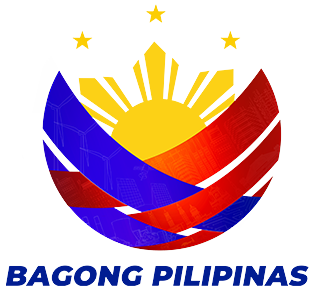Geology
Practice of Firms and Corporation
A firm, co-partnership, company, corporation, or association can practice geology in the Philippines, provided that such practice is carried out by geologists holding valid certificates of registration issued by the Board and in the regular employ of said firm, co-partnership, company, corporation or association. In case of a firm, co-partnership, company, corporation or association, the manager, administrator, or the person who has charge of the management or administration of the business shall be held personally liable for any violation of this Act.
The Board of Geology was created on June 19, 1965 by virtue of Republic Act No. 4209 entitled “Geology Profession Law of the Philippines.” The first Board was composed of David P. Cruz as Chairman with Carmelo T. Sison and Demetrio Pulanco as Members.
The Board promulgated the Code of Ethics for Geologists which was approved by the Commission on November 27, 1985. It implemented the Continuing Professional Education program and issued the implementing guidelines on January 3, 1986. The Board conducted its first computerized licensure examinations on August 10, 1994, the results of which were released on November 28 of the same year.
Republic Act No. 10166
An Act regulating the practice of Geology in the Philippines, repealing for the purpose Republic Act 4209, otherwise known as "Geology Profession Act of the Philippines" and for other purposes
Be it enacted by the Senate and House of Representatives of the Philippines in Congress assembled.
Geological Society of the Philippines (GSP)
Unit 250, 2nd Floor Cityland Condominium
128 Pioneer Street, Mandaluyong City
Tel No. 633-9025
Fax: 747-2036
Website: https://www.geolsocphil.org
Re-accredited: Res. No. 2008-434 dated February 27, 2008
The Geological Society of the Philippines (GSP) was organized in 1945 and incorporated with the Securities and Exchange Commission on October 1966. Ten years later, on November 3, 1976, it was accredited by the PRC as the professional organization of geologists in the country.
The Society was established to promote and maintain the highest professional and ethical standards in the practice of geology, to increase public awareness, and to foster scientific research in the field of geology and other allied earth sciences.
Qualification of Board Members
Each member of the Board shall at the time of his appointment:
- Be a citizen of the Philippines:
- Be a holder of any of the degrees of Bachelors of Science in Geology, Bachelor of Science in Mining Engineering, Bachelor of Science, major in Geology, Master of Science (Geology), all with at least ten years experience in geologic work after graduation, or a holder of the degree of Doctor of Philosophy (Geology) with at least five years experience in geologic work;
- Be a registered geologist in the Philippines, except for the members of the first Board who shall automatically be registered under the provisions of this Act; and
- Not be a member of the faculty of any school, college or university, where degrees in geology, mining engineering or geological engineering are granted, nor has pecuniary interest in such institution at least two years before his appointment as member of the Board.


